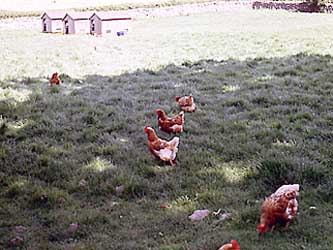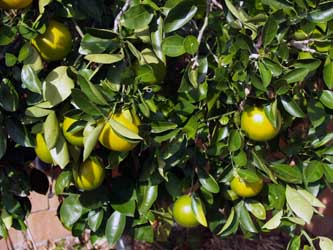 Learn to Design and Build Sustainable, Resilient and Productive Landscapes, Farms or Gardens
Learn to Design and Build Sustainable, Resilient and Productive Landscapes, Farms or Gardens
Combine horticulture and permaculture for a truly professional qualification in this field.
This course provides training for people working or wishing to work in farming or horticulture with a particular emphasis on the design, development and management of productive natural garden systems and productive landscapes. Graduates may find employment in either general horticulture, or in areas servicing permaculture or natural  gardening (eg. Garden/system design, plant nurseries, teaching, consulting, etc). Half of the course is identical to the Permaculture courses outlined previously, and the other half provides a broad, general foundation in horticultural practices.
gardening (eg. Garden/system design, plant nurseries, teaching, consulting, etc). Half of the course is identical to the Permaculture courses outlined previously, and the other half provides a broad, general foundation in horticultural practices.